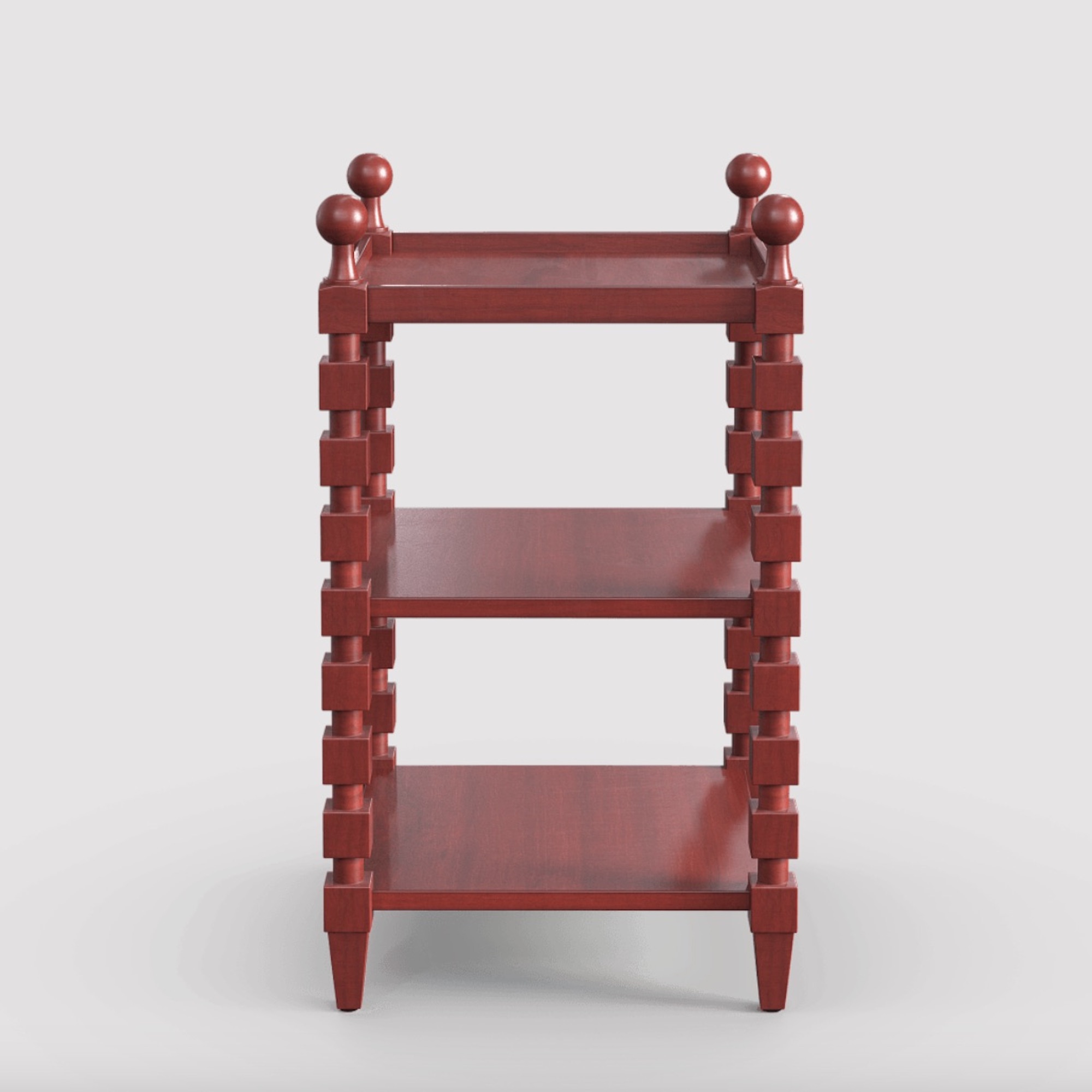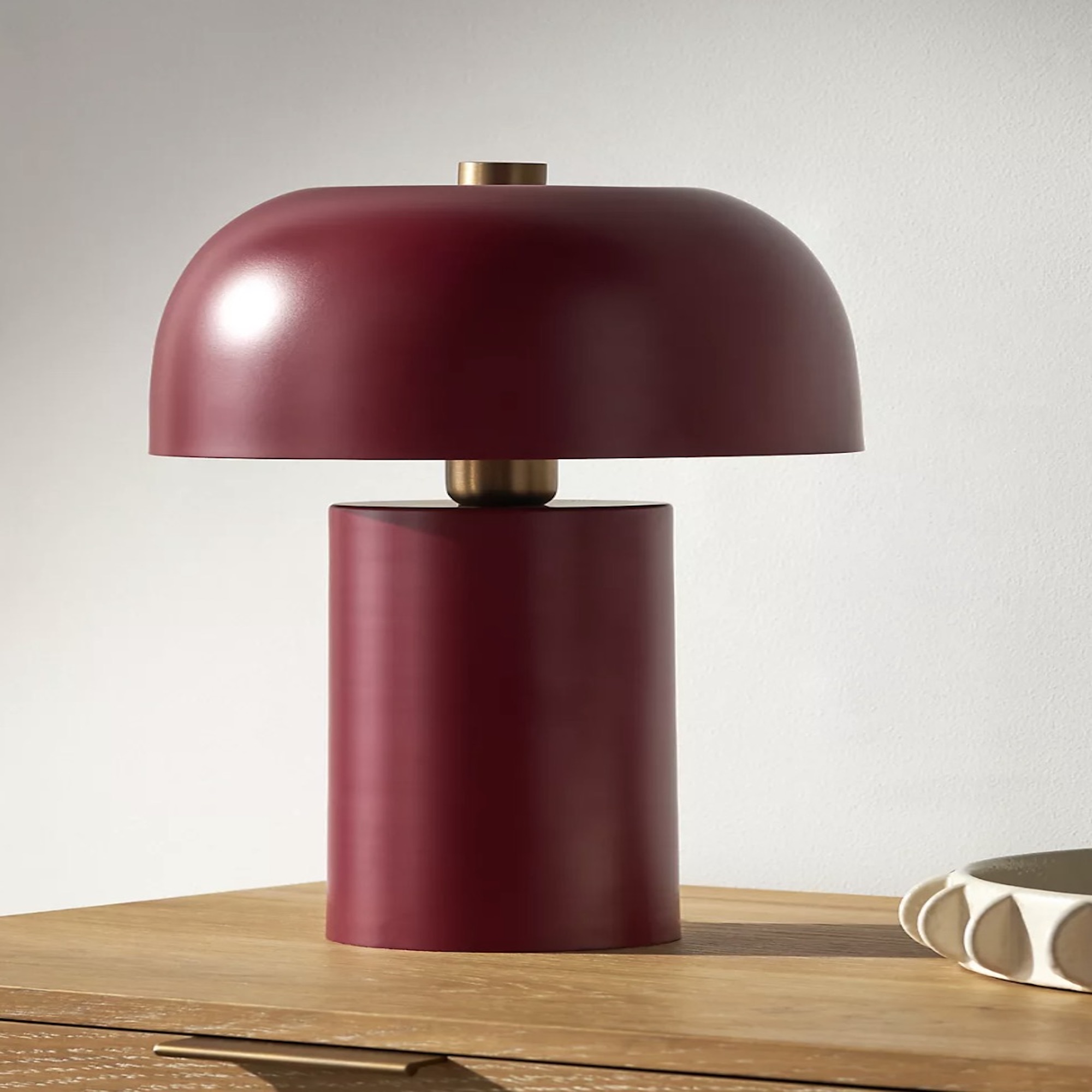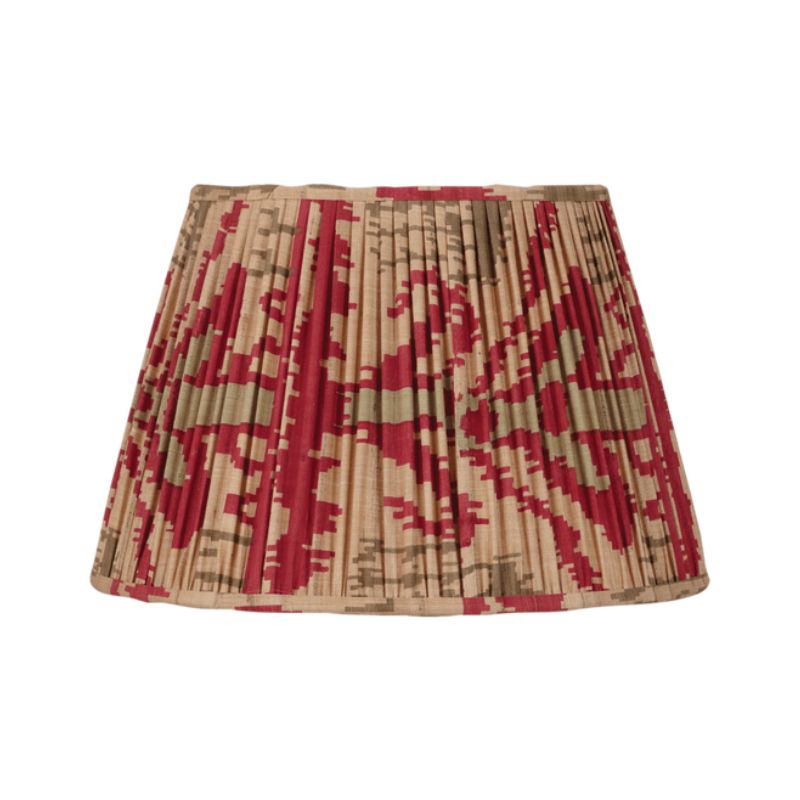Here's what color experts actually think about the unexpected red theory – is it really as simple as it sounds?
This is what experts have to say about the viral color trend
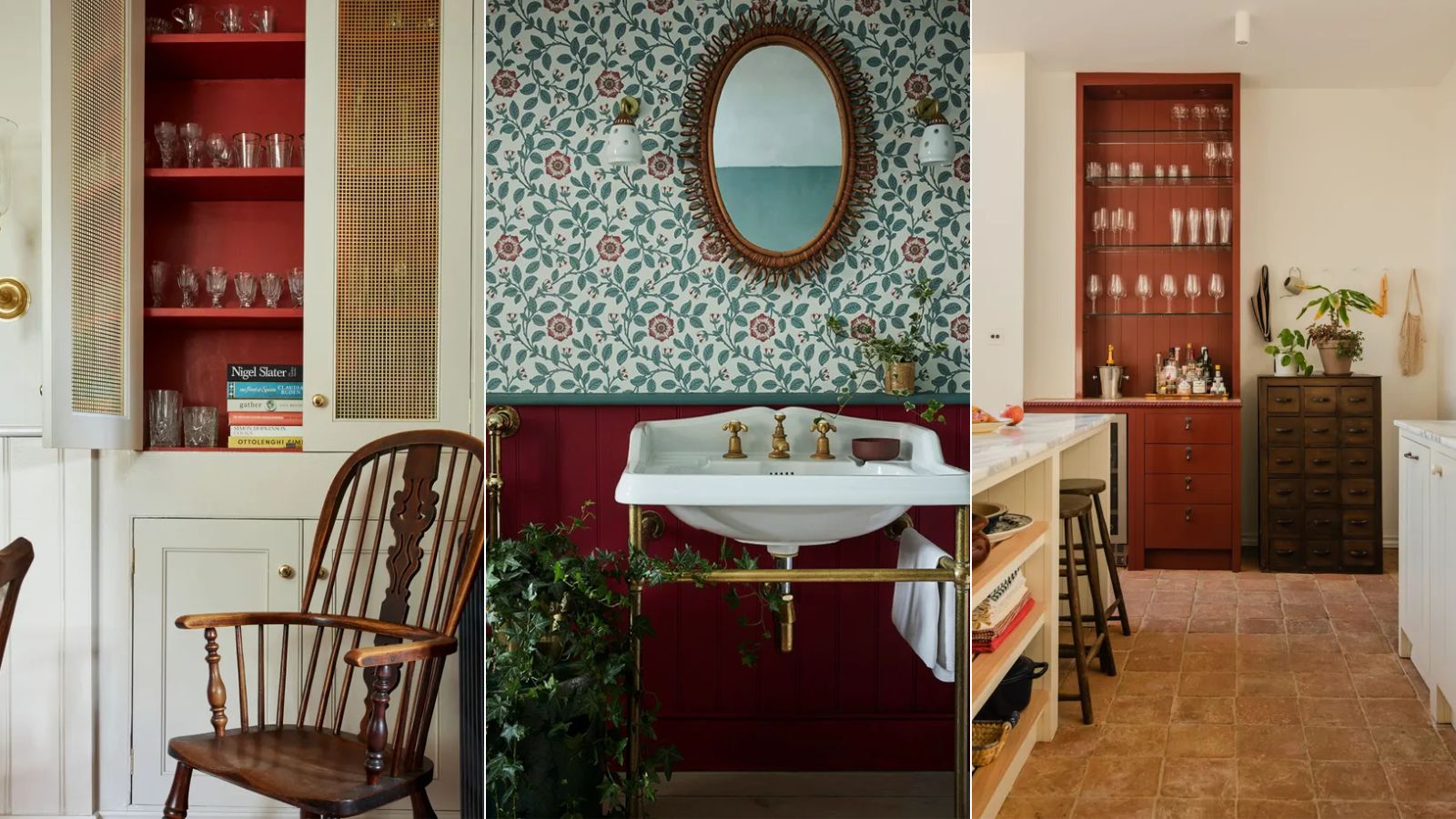
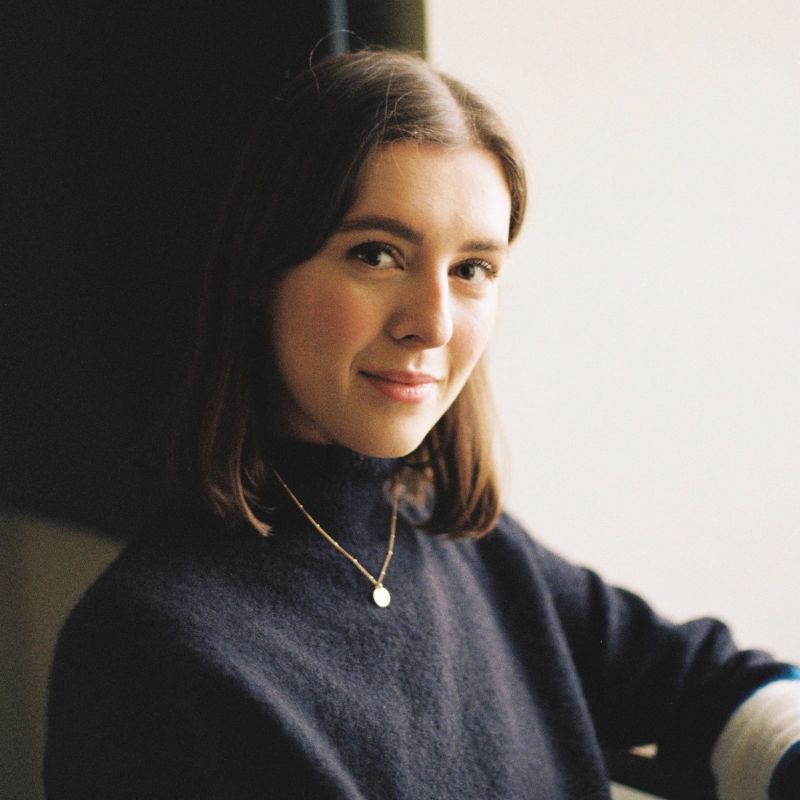
Earlier this year, the 'unexpected red' theory was realized by TikTok creator Taylor Simon, and to say its reach has gone far and wide would be putting it lightly. Taking the interior design world by storm, the unexpected red theory has firmly secured its place as a major home decor trend for 2024.
In the unlikely case that you've not yet heard of the color-centric idea, the unexpected red theory is essentially the belief that adding a small amount of red to any interior space will always improve the way it looks. Sound simple? We thought so too, which is why we're delving deeper into this color trend.
Enlisting help from color specialists and interior designers, we asked them what they really think about the unexpected red theory, and what you need to consider for it to be effective.
How simple is the unexpected red theory?
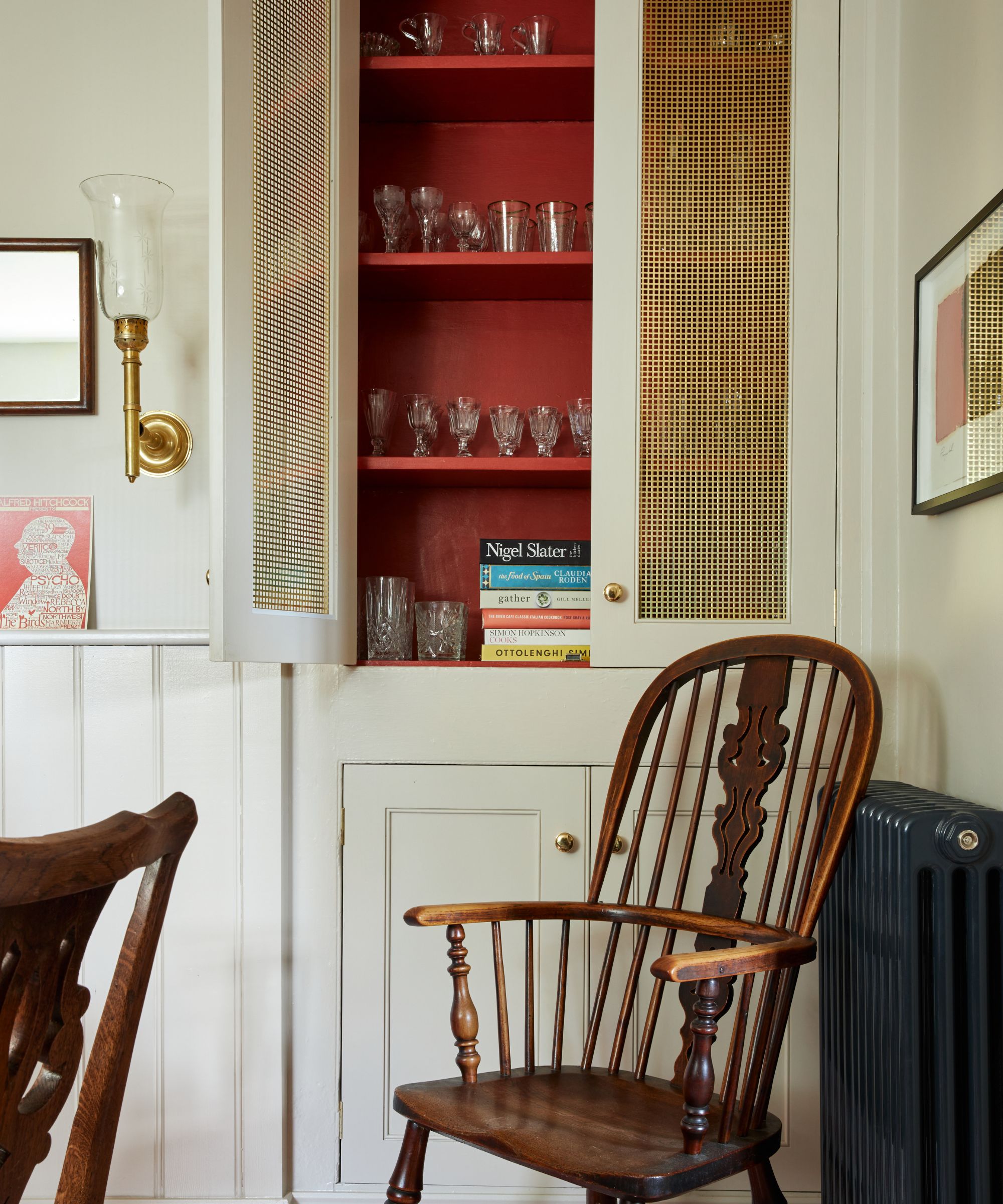
There's no doubt that the unexpected red theory is a fairly simple way to integrate color into your home. This year, we continue to see experimental interior design trends lead the way, from dopamine decor to maximalist decor ideas, which both focus on incorporating bold colors into decor schemes. The way that the unexpected red theory aligns with these trends and encourages homeowners to be brave with color, is one of the reasons designers approve.
'Color is such an important part of my practice and something I am so passionate about,' says interior designer Natalia Miyar. 'It makes me sad to see that people are often scared to incorporate it into their homes.' Referring to the rise of unexpected red decor, she adds: 'I am always thrilled to see anything that gives someone the confidence to experiment with color, even in a small way.'
But, even if the viral color theory is bringing more color into decor schemes, is that to say a splash of red can always guarantee a stylish look?
1. The thoery extends to other colors, too
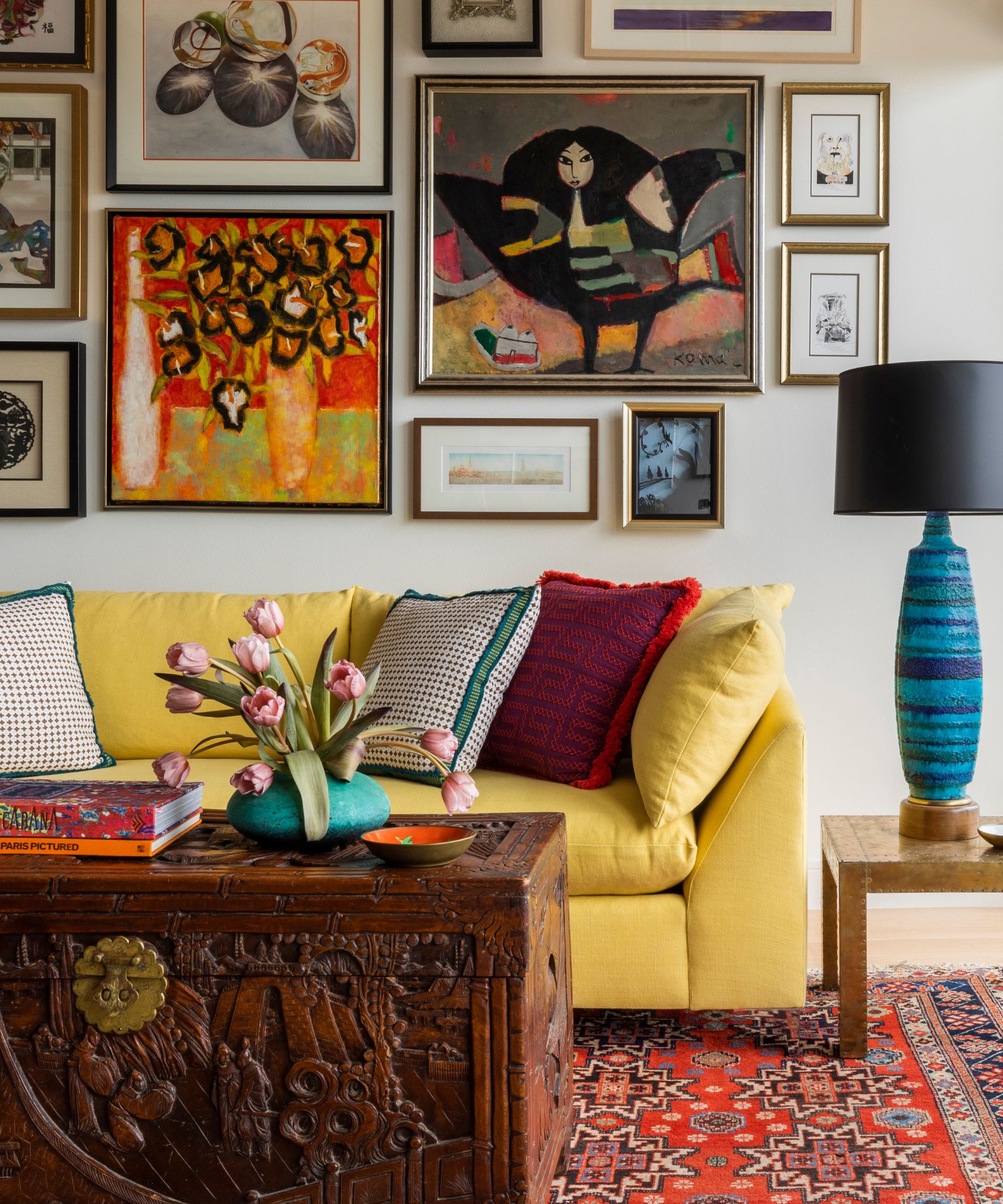
For Patrick O'Donnell, brand ambassador at Farrow & Ball, the idea of the unexpected red theory may not actually be so specific to decorating with red. Indeed, the paint expert suggests that the idea is no less true for other bold colors, so long as they're equally vibrant.
'I’m always nervous about lending too much weight to a zeitgeist moment, and I think you could apply this theory to introducing bold colors to the home,' says Patrick. 'A splash of cobalt blue in a muted scheme and a bold hit of hot pink with elegant earthy browns can have the same impact.'
However, having a real-life example of the unexpected red theory in his home, Patrick does agree that pops of vibrant red do add incredible impact to a space: 'I have used dots of red detailing throughout my tiny study (in striped lampshades and an upholstered chair) and they do create a lovely tension amongst the more restrained palette of dark green.'
2. It depends on the rest of the room's color scheme
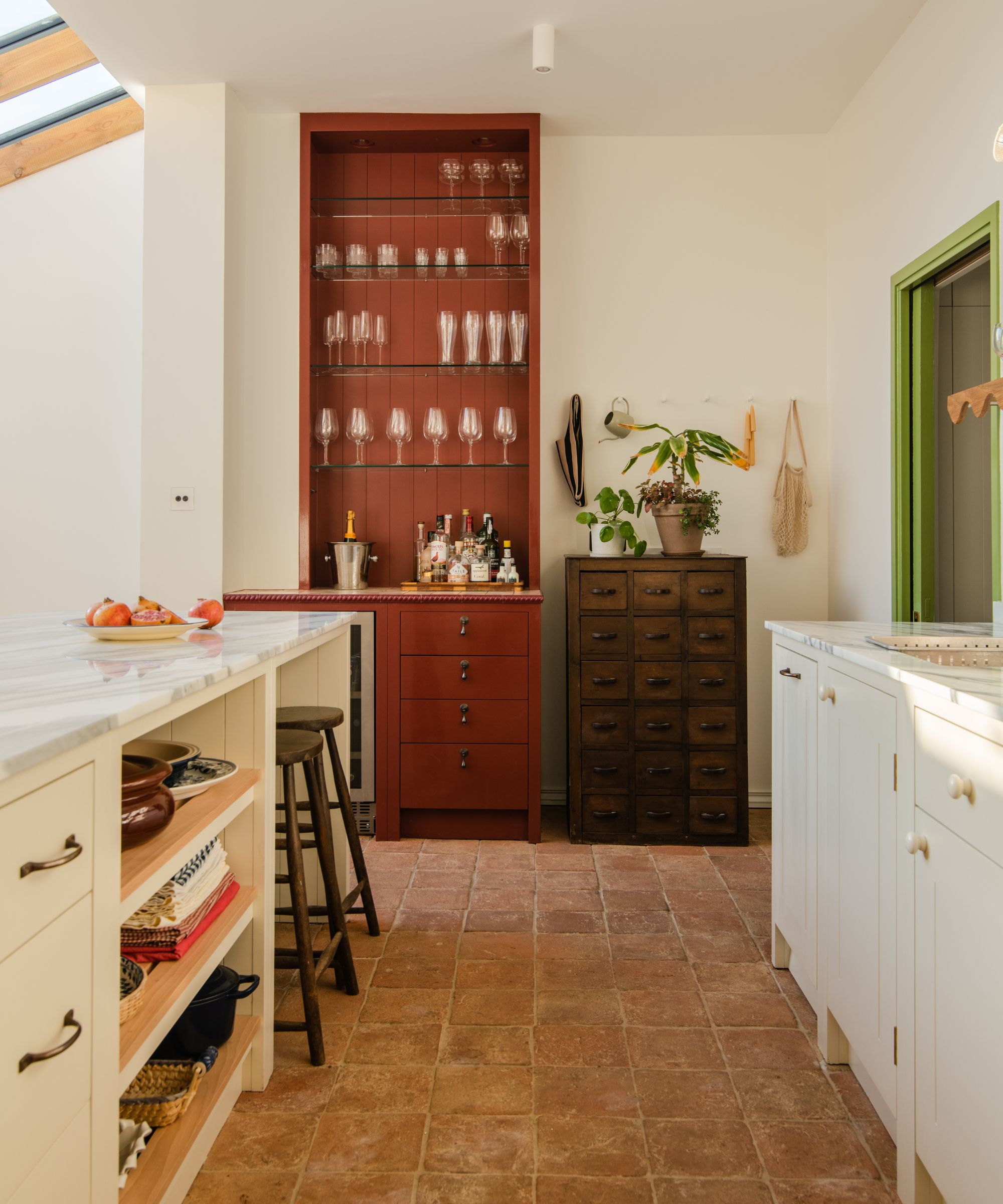
'The unexpected red theory is a great way to lift a space and create a chic, interior design feel,' says Tash Bradley, color expert at Lick. However, adding a splash of red may not be so successful without first considering the rest of the room's color scheme.
Tash recommends deciding on a maximum of three colors for each room as a color rule (in this case, choose red as your accent color idea) to ensure balance. Without doing so, adding red to a scheme with many other competing colors can dull down its impact. The effect of red incorporated into in a slightly more restrained color palette will undoubtedly make more of a statement.
'When working with my clients, I always emphasize that each room needs three colors: a dominant, a secondary, and an accent,' continues Tash. 'Choosing an accent color, such as a primary red can go with any color scheme, from decorating with neutrals, blues, teals, and green.'
3. The shade of red is important
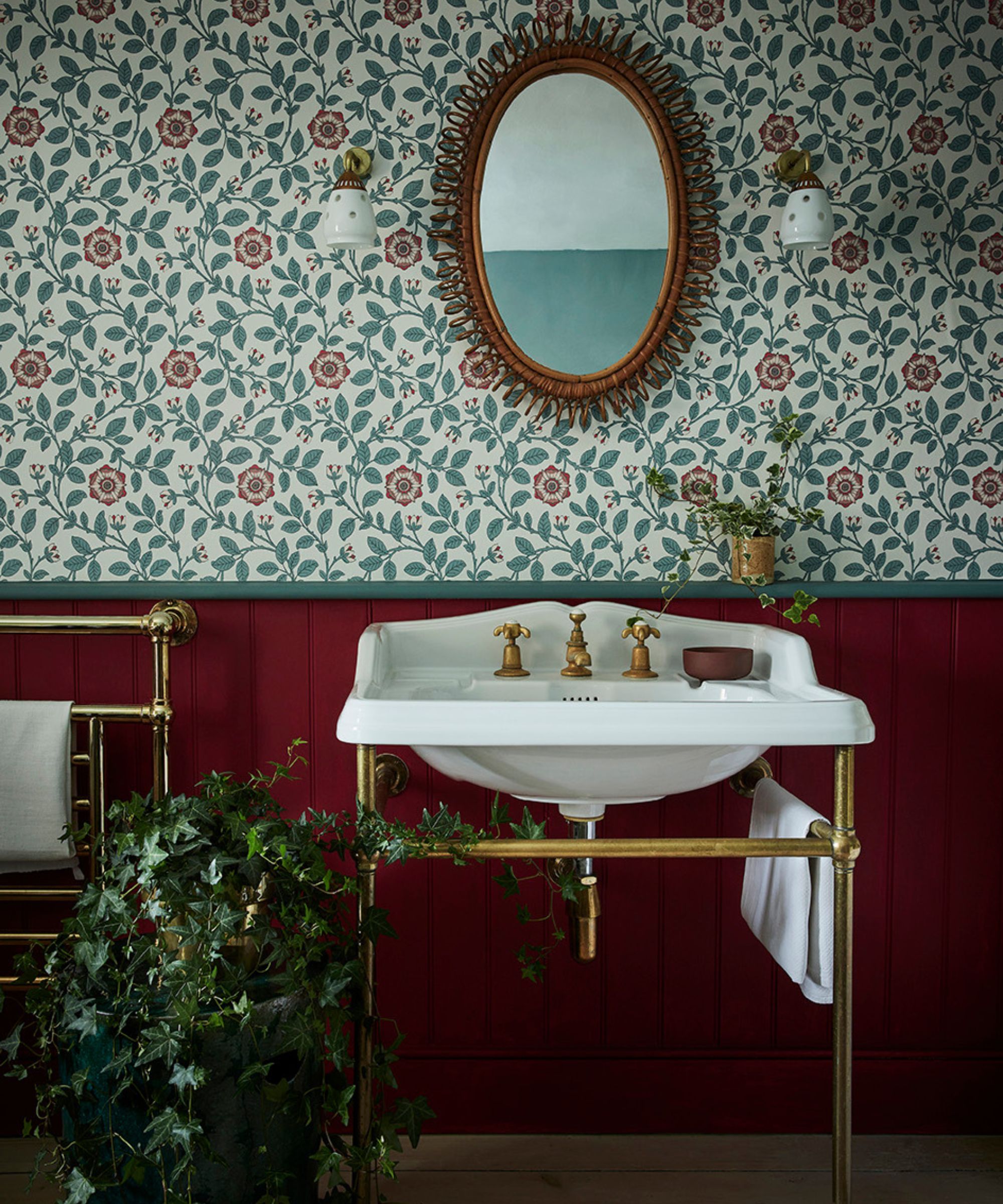
Choosing the right shade of red is a personal choice. Color is subjective, and while some may love a vibrant tomato red, others prefer the more subdued effect of deep wine reds. So while there are no hard and fast rules on the shade of red you should decorate with, if it does not align with your own tastes and existing decor, it likely won't have any lasting impact.
'I always encourage people to choose a color they love, connect to, and have a positive association with – different tones of red will feel different to everyone,' explains Tash. 'The great thing about red is that it’s such a powerful color, and even if you use it in the smallest way, it makes a big difference to a space. So when it comes to applying the unexpected red theory, don't shy away from reds, if that is what you are drawn towards.'
To help narrow your options in the vast range of best red paints, Tash shares her top choices if you're looking to dabble with the unexpected red trend: 'A brighter red, for example, Lick’s Red 02 is perfect as an accent color. It is great in smaller doses and works really well on woodwork, for upcycling furniture, or on a lamp base or tile.'
'If you want to go down the earthier red route, opt for reds that have a brown, black, or white pigment, such as our rich terracotta Red 03, which looks great if you want to decorate the whole room. These softer, earthier tones allow you to be bolder when using red around the home, as they are less physically stimulating and intense compared to the brighter reds.'
Natalia also agrees that the right shade of red is key to the success of the trend: 'Color is very evocative so choose a shade of red that lends itself to the atmosphere you are trying to create. A pillar box red will add a dramatic vibrant punch of color, and a muted rust tone will add warmth and richness.'
However, decorating with unexpected doses of red is not just about paint ideas. You can channel this trend by decorating with smaller red decor items, too. 'I would always advise you to start with what you love, whether that is a particular shade of red, a piece of art, or fabric with a red detail,' continues Natalia. 'If it is something you are drawn to it will feel less intimidating. I never like a space to feel contrived and when the emphasis is on choosing pieces that you love it feels organic and inviting rather than heavily curated.'
While the unexpected red trend might take slightly more thought than first assumed, there's no doubt that experts are the first to praise the benefits of adding red to your home decor ideas. When you pay attention to the shade of red and balance the rest of a room's color scheme, it can certainly bring drama – even if the same can be said for other colors, too.
Sign up to the Homes & Gardens newsletter
Design expertise in your inbox – from inspiring decorating ideas and beautiful celebrity homes to practical gardening advice and shopping round-ups.

Emily is a freelance interior design writer based in Scotland. Prior to going freelance in the spring of 2025, Emily was Homes & Gardens’ Paint & Color Editor, covering all things color across interiors and home decor for the Homes & Gardens website. Having gained specific expertise in this area, Emily is well-versed in writing about the latest color trends and is passionate about helping homeowners understand the importance of color psychology in home design. Her own interior design style reflects the simplicity of mid-century design and she loves sourcing vintage furniture finds for her tenement flat.
-
 Ina Garten's storage pantry is an insightful window into all of the best cookware used by the chef – and it's easy to recreate on your kitchen shelves from $48
Ina Garten's storage pantry is an insightful window into all of the best cookware used by the chef – and it's easy to recreate on your kitchen shelves from $48The beautiful dishware in The Barefoot Contessa's Hamptons pantry showcases the tools she uses most often to cook – this is exactly how you replicate it
By Sophie Edwards Published
-
 Extend the lifespan of your appliance with 5 simple but crucial washing machine maintenance tips
Extend the lifespan of your appliance with 5 simple but crucial washing machine maintenance tipsFrom cleaning the filters to keeping the door open, experts reveal the washer tips they swear by
By Andy van Terheyden Published
